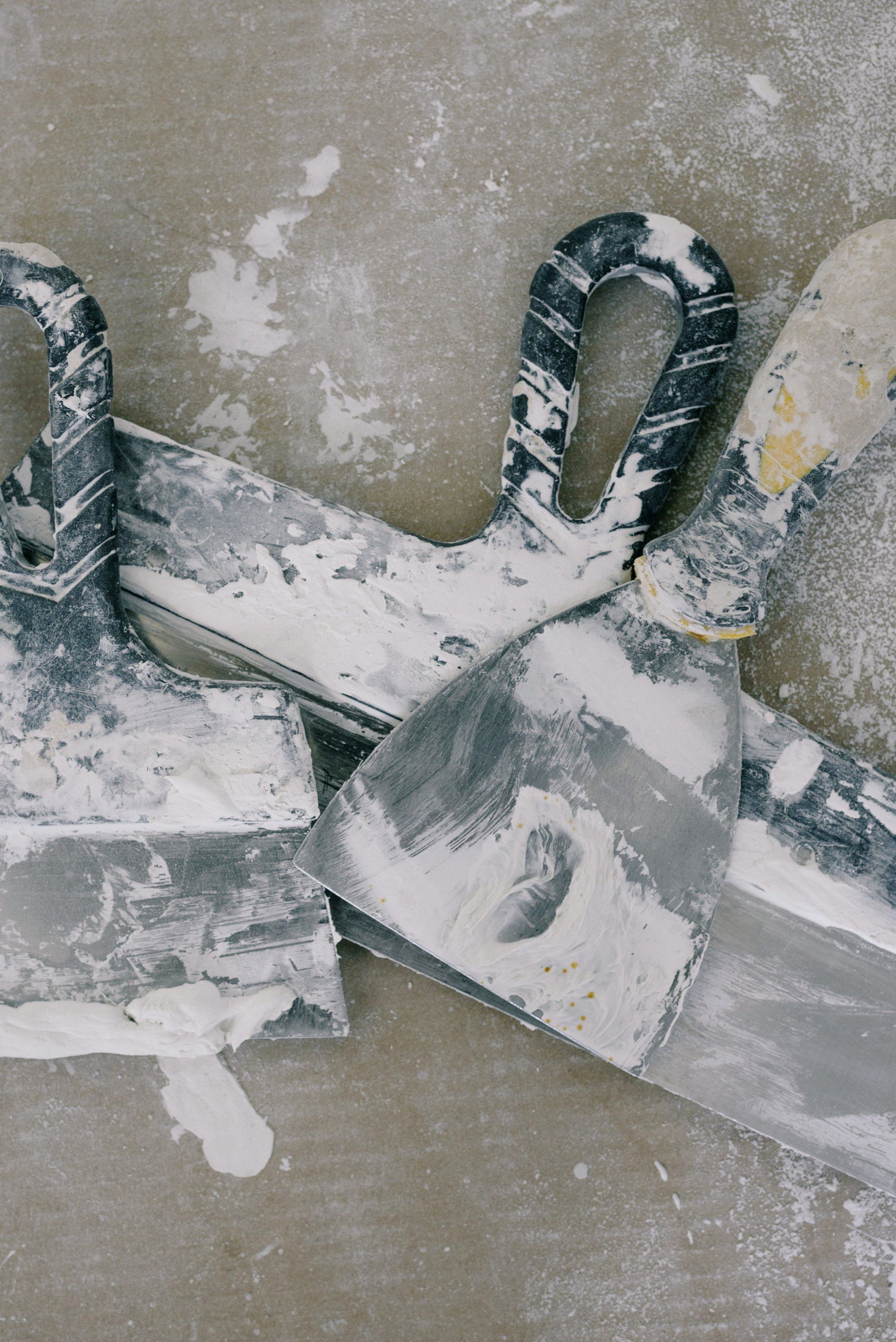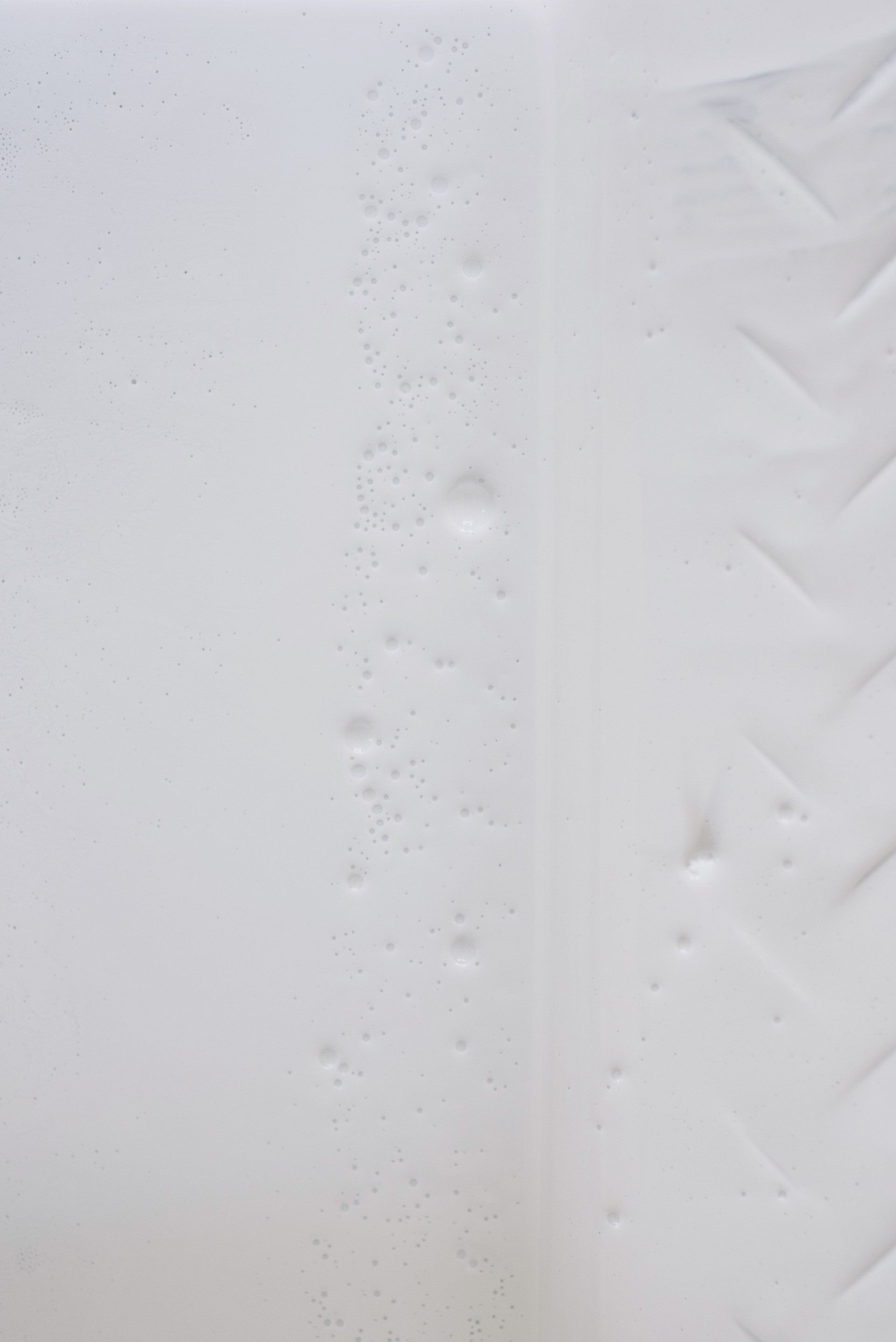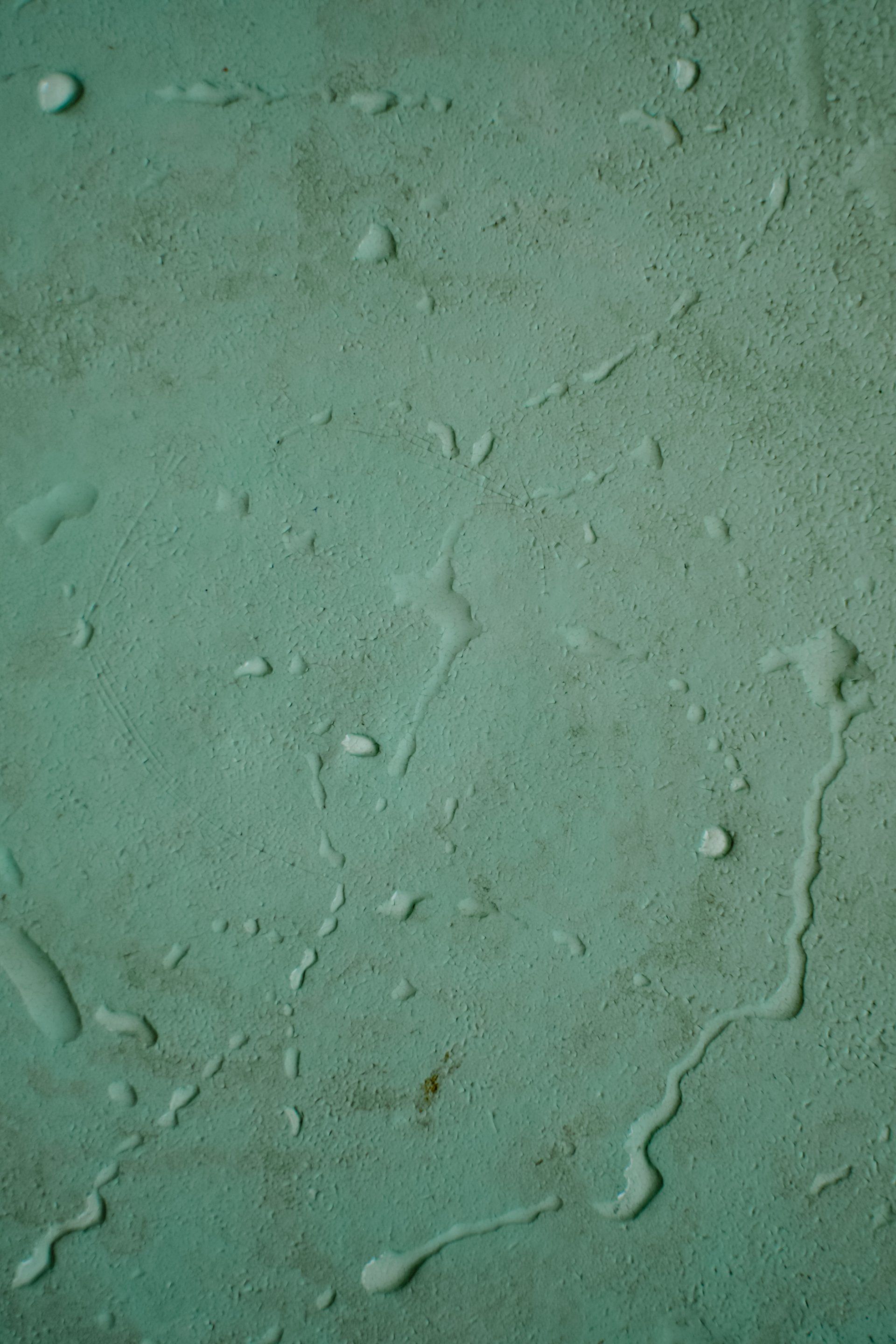Can Stucco Be Over Those Expansion Joints?
Can Stucco Be Over Those Expansion Joints?
Stucco is a beautiful material for exteriors of homes. However, can you use stucco for those expansion joints? You'd like a smooth appearance and are worried about the way that lines from the expansion joints could cause your home to look unattractive. We've done our research to discover the solution to this issue for you.
Legally, the majority of building codes require that you have expansion joints within your stucco, especially when you're stuccoing on lath. Therefore, your builder is likely to insist that you have these joints. Some builders are even willing to stucco solid if they accept a contract that says you don't hold them accountable for any cracks that may occur on the surface of the stucco. The short answer is that you can stucco on expansion joints; however, there is a greater chance of cracking.
Let's examine this in greater detail before we address some more questions.
Can You Stucco Over Expansion Joints?
Expanding joints refer to the horizontal and vertical joints you can see cutting across the top of stucco-finished buildings. They can be positioned imaginatively, like in the contemporary house above, to make them an element of the overall design. Some people do not like lines crossing their stucco finishes and would like to know if they are able to stucco around joints.
Why Not Stucco ACROSS The Expansion Joints?
The function of this expansion joint is to permit the stucco material to contract and expand in response to temperature changes. This prevents it from cracking at will. One of the places where cracks could occur is in the corners of doors and windows and making them more obvious. Expansion joints basically act as the first to crack your stucco before they actually crack. There is already a crack in place, so the surface remains pristine.
Why Not Stucco OVER Your Expansion Joints?
If the aesthetics of a jumble of intersecting lines on your structure is not appealing to you, and you're not concerned about the hairline cracks that can occur in your stucco construction over time, you can skip the expansion joints completely. It is possible to stucco on masonry without lath or put in lath without expansion joints.
Does Stucco Expand and Contract?
Stucco can expand or contract with the temperature. Additionally, since different areas of your home are heated and cooled in different ways due to directions and other elements, the expansion and contraction could differ, too. This is why you'll see expansion joints within the stucco because, without them, water could get through cracks, which could damage the sheathing of your house beneath the stucco.
What Is the Contrast between Expansion Joints and Control Joints?
Expansion joints can be described as vertical or horizontal joints that are used in masonry or stucco which are not surrounded by mortar. They can be expanded or contracted due to thermal or problems with moisture. Control joints, on the other hand, can be used in concrete-based applications. They are typically vertical and filled with mortar and include the bond breaker on the other end. This allows the mortar used to control joints to expand when the concrete or masonry expands and prevents cracks from forming. Both are essential in the construction process.
Should You Lath Over Expansion Joints?
The expansion joints exist to provide a space for expansion and shrinkage. It would be in contradiction to their intended purpose. It is essential to have a gap in order to prevent potentially dangerous cracks from forming within your stucco finish. As per the International Building Code, lath should be cut in the joint and wire tacked on the edges of the joint. So the stucco finish will not be able to cross it.
Ready to work with Avalon Stucco Repair Experts Vancouver?
Let's connect! We’re here to help.
Send us a message and we’ll be in touch.
Or give us a call today at 778-400-6514
Stucco Vancouver Quote
We will get back to you as soon as possible.
Please try again later.
More Tips, Tricks & Tools

Avalon Stucco Repair Experts Vancouver
Avalon Stucco Repair Experts Vancouver
1310 Richards St, Vancouver, BC V6B 3G6
| Avalon Stucco Repair Experts Vancouver









